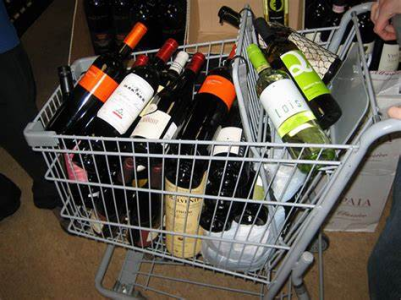I disagree. There are SOME cross over tips.
We're in the path of the upcoming storm, but on the snow/ice line. So we can get a mixture of snow/ice or just ice. The amount of each can vary with the track of the storm.
So, we have the following possibilities...
* No effect. Maybe some slick road, but nothing major. In which case, situation normal. This would be similar to a hurricane headed to Florida that moves and doesn't hit an area at all.
* Minor effect. Snow/ice that makes travel hazardous. But we retain power. A hurricane that the outer bands "graze".
* Moderate effect. Snow/ice that makes travel all but impossible. Maybe the power goes out for a couple of hours, so can work, cook, browse the internet, etc. Slightly more inside the hurricane.
* Extreme effect. Loss of power, possibly for days if not weeks. Can't travel once the storm hits until the streets are clear. Possible home damage. Hurricane makes a direct hit.
The "one size fits all" is when you plan for the moderate to extreme effect and plan to just "ride it out". Not everyone evacuates for a hurricane and not everyone will leave before this storm.
It doesn't matter how far from the stores you are if A) you can't travel and B) the store doesn't open because the workers can't get there or it's out of power.
So, you stock up on food/drink because you don't know when you'll be able to resupply.
You have some kind of plan to stay warm in case power goes out for a while. (Side note: this is where DW and I are struggling. At least our house is well insulated).
Portable generators were still available to purchase yesterday. But that's (IMO) a major "insurance" cost. You need the cost of the generator, cost of gas, extension cords to run power to places (if you don't already have a transfer switch system), and you may not need it. So after the storm, you need to run the generator regularly, find somewhere to keep the gas (and hope it doesn't go bad before you need it).



